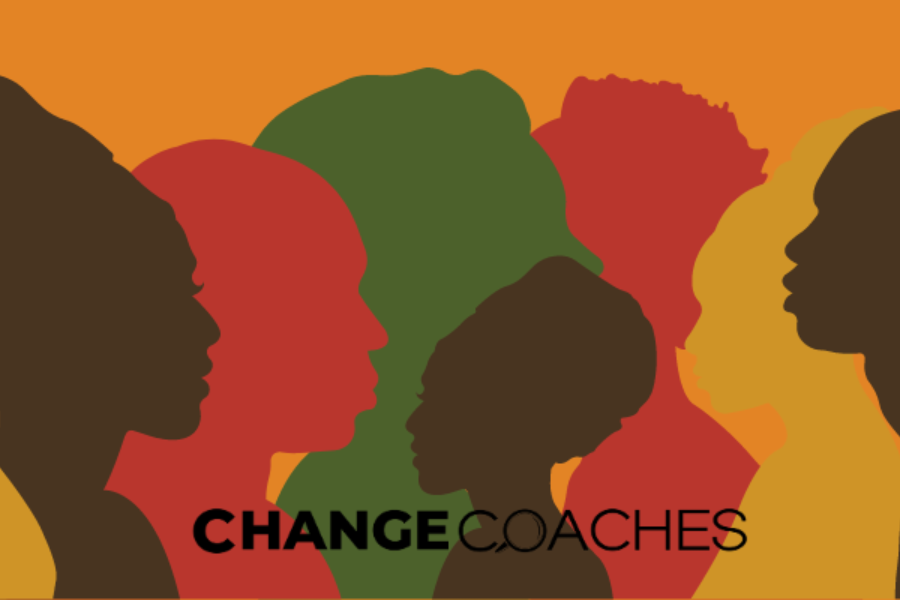For the last two years in a row, I’ve written a newsletter for Black History Month, asking the question “Have things really gotten better for Black employees?”
As I was preparing to write this year’s edition, I revisited what I wrote last year. Right up at the top, I talk about the appointment of Claudine Gay as a major stride for the Black community in 2023. I was so optimistic about her appointment and thoroughly celebrated it as a “win.”
Oh, how things have changed. And how they’ve stayed the same. This year, in 2024, it feels more important than ever to keep looking back and examining how things have changed for Black employees – and how they haven’t.
When I wrote about this topic last year, I focused on three defining experiences that profoundly impact Black people in the workplace: microaggressions, Black leaders feeling undermined, and inappropriate responses to triggering issues in the news. These negative experiences still feel like big factors in the lives of Black employees, but the past year has been so tumultuous that new ones have come to light. So let’s break them down and talk about some real solutions.
The most recent stats show that not much has changed.
According to a 2023 Pew Research Roundup, discrimination is still a significant hurdle for Black employees in the United States. Out of all the groups surveyed, Black workers were the most likely to say they’ve experienced racial and ethnic discrimination at work (41%). 64% of Black adults see racial and ethnic bias as a major problem in hiring, and 56% see it as a problem in performance evaluations. Furthermore, 78% of Black workers say that focusing on increasing DEI initiatives would be a welcome change.
Despite the assumption that every year progress is made, not much has changed for Black employees in the last three years. Microaggressions, discrimination, and resistance towards diversity appear across industries and workplace cultures. We have a lot of work left to do to change this.
Discussions about diversity and inequality are at the forefront in the media, academia, & other high-profile spaces.
Even though not much has materially changed for Black employees, the national conversation around Black leadership has taken a turn. Last summer, the Supreme Court struck down affirmative action. We also saw the resignation of several high-profile Black CEOs and cultural leaders, including Dr. Claudine Gay, Rosalind Brewer, and Nataki Garret. I’ve been amply discussing the Glass Cliff and its impact on Black leaders (especially Black women) over the past month – for more on that, see last month’s edition of this newsletter and a Leading Below the Surface podcast episode from last month.
Many of us have been paying attention to these issues for years, but there’s all this extra attention because of what’s been happening in the media. That’s not necessarily a bad thing. More people are openly talking about what it means to work and lead while Black. It’s possible that this could lead to examinations of behavior and workplace culture that could shift the needle towards a more equitable place – but whether it does remains to be seen.
In these times, what’s the best way to support Black employees and leaders?
Get below the surface – especially around your organization’s structures and systems
If there’s one thing to be learned from the events of 2023, it’s that a surface-level display of diversity with no internal support is a recipe for disaster. It leads to burnout and directly contributes to the Glass Cliff phenomenon. The entire philosophy of leading below the surface is about creating psychologically safe cultures of belonging. By hiring and promoting Black leaders without providing the support and resources they need to succeed, organizations set these leaders up to fail. It’s past time for companies to step up and go deeper.
I was in a conversation with a client the other day, and a few folks brought up how they often create initiatives related to retaining Black people, but these things are rarely systematized. Many organizations are similar. Is yours?
Embrace intersectionality
I touched on this in my last newsletter, but one of the most important things leaders can do to support Black employees is to pay attention to the intersections between racism and other forms of discrimination – for instance, how racism and sexism intersect to disproportionately affect Black women in leadership.
I spoke to my good friend Bruce Teague about intersectionality earlier this month on the Leading Below the Surface podcast – as a Black mayor and proud member of the LGBTQ+ community, Bruce had a lot to say about what it looks like to lead with intersectionality in mind.
Keep learning
We’re all seeing more and more information every day in the media about racism in institutions – and that includes your Black colleagues and employees! Sometimes all this news can be overwhelming and disheartening to those who are most impacted, and it’s important to be aware of that.
It’s also important to keep learning and open yourself up to new perspectives – for example, does your corporate L&D cover Black history? Are there ways you can put more Black authors onto your bookshelf or follow more Black thought leaders on social media?
Another thing you can do is listen in when people are talking about hard topics! I’m having a conversation on the podcast with Erin Corine Johnson next week about reparations – this is a great place to start!
Ways to get below the surface during Black History Month with Change Coaches:
- Check out my 2023 and 2022 reflections on Black History Month
- Check out our Black History Month-themed podcasts — Below the Surface Leadership Lessons from a Black LGBTQ+ Mayor and Reparations: What they are and how to talk about them
- Engage us for a keynote on How to Be a REAL Ally

